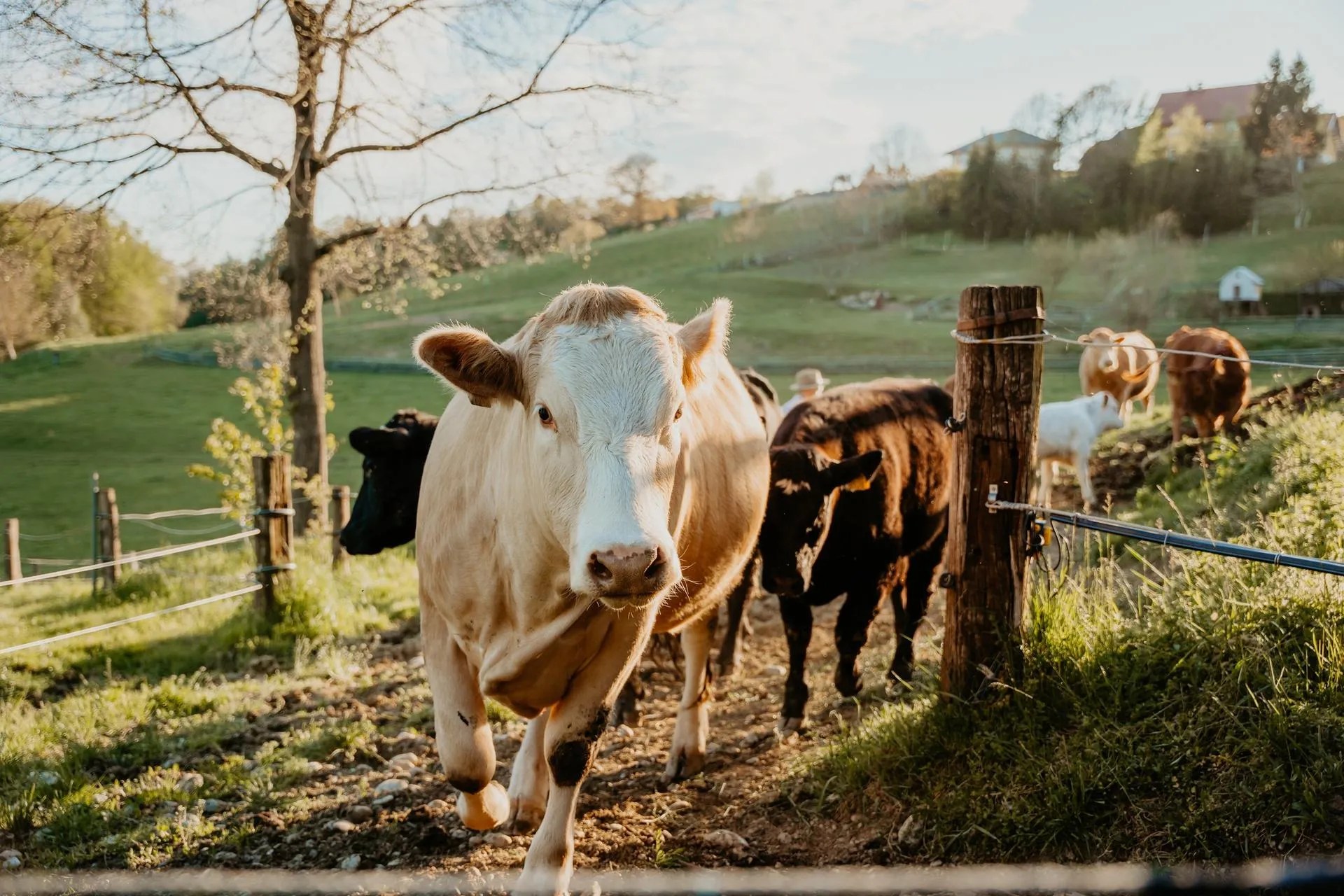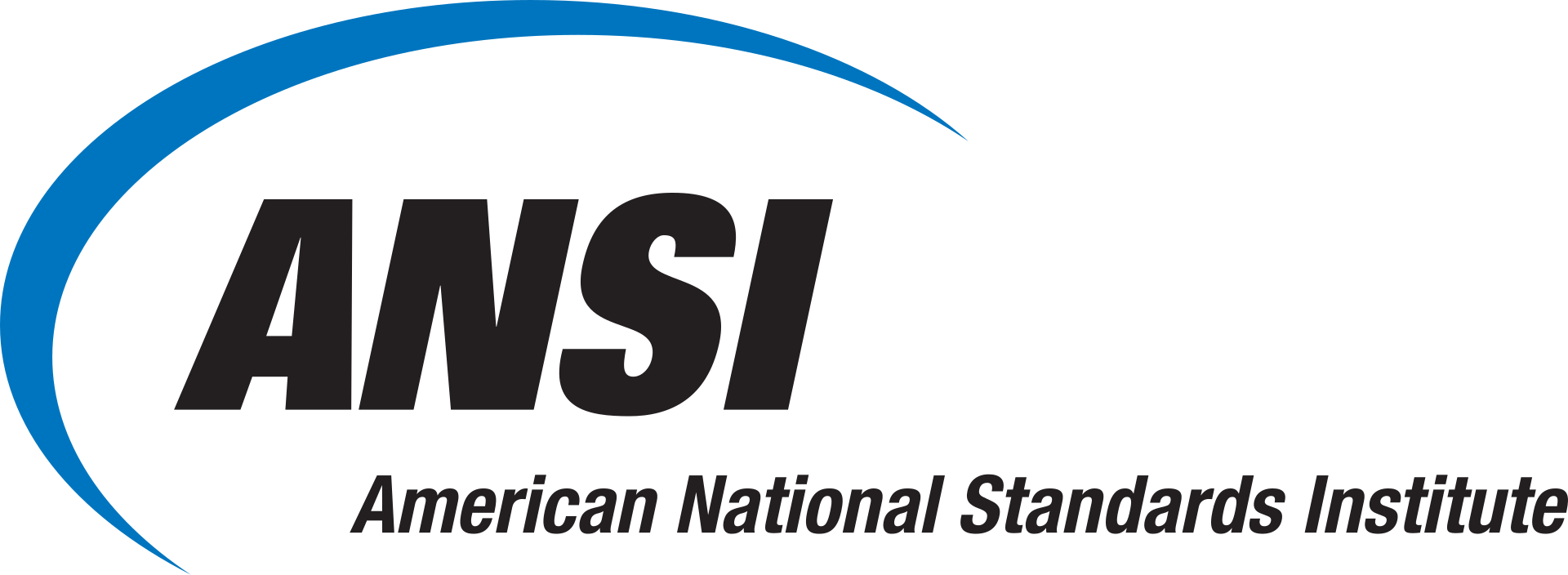ISO/TS 34700:2016— Animal Welfare Management

Animal welfare and food safety are intrinsically linked, which makes sense: sick animals produce sick food. As such, assuring the physical and mental wellbeing of animals bred or kept for the production of food or feed is essential not only as a moral obligation but also for public health. ISO/TS 34700:2016— Animal welfare management – General requirements and guidance for organizations in the food supply chain provides requirements and guidance for the implementation of the animal welfare principles.
What Is Animal Welfare and Why Is It Important?
The term “animal welfare” is increasingly being used by corporations, consumers, veterinarians, politicians, and others. The term refers to the state of animal’s physical and mental well-being, focusing on how well the animal is coping with its environment and experiences. It encompasses ensuring that animals are healthy, comfortable, well-nourished, safe, able to express natural behaviors, as well as making sure they are not suffering from pain, harm, fear, or distress. Essentially, animal welfare aims to provide a “life worth living” for animals under human care and its implementation is critical for assuring a positive quality of life for animals.
ISO/TS 34700:2016 provides guidance for the development of an animal welfare plan.
What Is ISO/TS 34700?
ISO/TS 34700:2016 applies to terrestrial animals bred or kept for the production of food or feed. This standard provides requirements and guidance for the implementation of the animal welfare principles as described in the introduction to the recommendations for animal welfare of the World Organization for Animal Health Terrestrial Animal Code (OIE TAHC [Chapter 7.1]). Chapter 7.1, specifically, outlines general principles and recommendations for animal welfare in terrestrial animal health systems; it clarifies that animal welfare encompasses the animal’s physical and mental state, considering its living and dying conditions. ISO/TS 34700:2016 is designed to guide users in conducting a gap analysis and developing an animal welfare plan that is aligned with the OIE TAHC.
ISO/TS 34700:2016 can also be used to facilitate the implementation of any public or private sector animal welfare standards that meet at least the OIE TAHC. The scope of this document is intended to be revised as the animal welfare provisions of the OIE TAHC are supplemented or amended.
The following areas are excluded in ISO/TS 34700:2016: animals used for research and educational activities, animals in animal shelters and zoos, companion animals, stray and wild animals, aquatic animals, killing for public or animal health purposes under the direction of the competent authority, humane killing traps for nuisance and fur species.
Ethical Food Production: The Rise of Conscious Consumers
The conversation about animal welfare is increasing. This means consumers are putting more importance on understanding the broad animal welfare impacts of their food choices—including the environmental footprints of various foods and food ethics. Consumers are increasingly aware of the environmental footprint of their food choices and are actively seeking out products that minimize harm to the planet; they want assurance that the food they consume is produced in a manner that respects human rights, supports fair labor practices, and fosters community development.
How Is Animal Welfare Linked to Food Security?
Good animal welfare practices are indispensable for enhancing food security and nutrition. By improving animal health, productivity, and overall well-being, these practices reduce waste, minimize economic losses from disease outbreaks (and other production losses), and promote sustainable food systems. They help maintain the long-term sustainability of food systems by reducing the environmental impact of animal production. Furthermore, prioritizing animal welfare contributes to public health by reducing the spread of zoonotic diseases and improving food safety.
ISO/TS 34700:2016— Animal welfare management – General requirements and guidance for organizations in the food supply chain is available on the ANSI Webstore.






